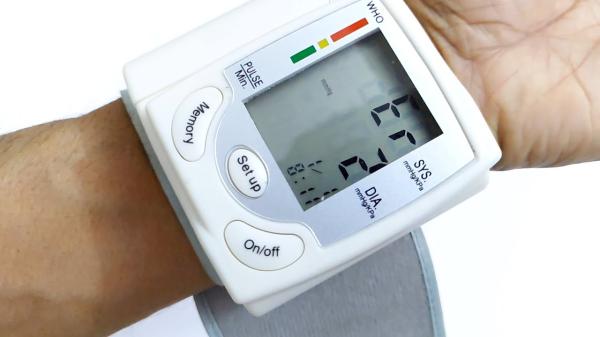| If your blood pressure machine says you have no blood pressure, it's crucial to understand this is likely a malfunction of the device, not an accurate reading. The machine may be improperly placed, have a faulty cuff, or need new batteries. Seek immediate medical attention to have your blood pressure checked with a properly functioning device by a healthcare professional; lack of a blood pressure reading warrants a proper medical evaluation. If your blood pressure machine says you have no blood pressure, that's highly unusual and indicates a problem with the measurement, not necessarily your actual blood pressure. Here are some possible reasons: - Incorrect cuff placement: The cuff must be placed correctly on your upper arm, at the level of your heart. If it's too loose, too tight, or too high/low, you'll get an inaccurate reading or no reading at all.
- Cuff size: The cuff needs to be the right size for your arm. A cuff that's too small will give a falsely high reading, while one that's too large will give a falsely low reading or no reading.
- Machine malfunction: The machine itself could be faulty. Try using a different machine to verify the reading.
- Movement during measurement: Moving during the measurement process can interfere with the reading and lead to an error.
- Improper technique: Ensure you're following the instructions for using the machine precisely.
- Low blood pressure (hypotension): While unlikely to show as "no blood pressure," severely low blood pressure *could* cause the machine to have trouble obtaining a reading. However, this is a medical emergency and you should seek immediate medical attention if you suspect this.
- Other medical conditions: In rare cases, underlying medical conditions could affect blood pressure readings.

What you should do:
1. Try again: Carefully check the cuff placement, ensure you are still and the machine is functioning correctly, and try taking your blood pressure again.
2. Use a different machine: If you continue to get an error, use a different blood pressure monitor to see if you get a reading.
3. See a doctor: If you continue to have problems getting a reading, or if you experience any symptoms like dizziness, fainting, or shortness of breath, seek immediate medical attention. A "no reading" is not a reliable indicator of your actual blood pressure and should not be dismissed.
It's crucial not to rely on a single "no reading" to determine your health. Always consult a medical professional for accurate diagnosis and treatment.
Tags: Anatomical obstruction Blogroll Blood Pressure Blood Pressure Monitoring Machine  
|  1,359
1,359  0
0  0
0  3224
3224 